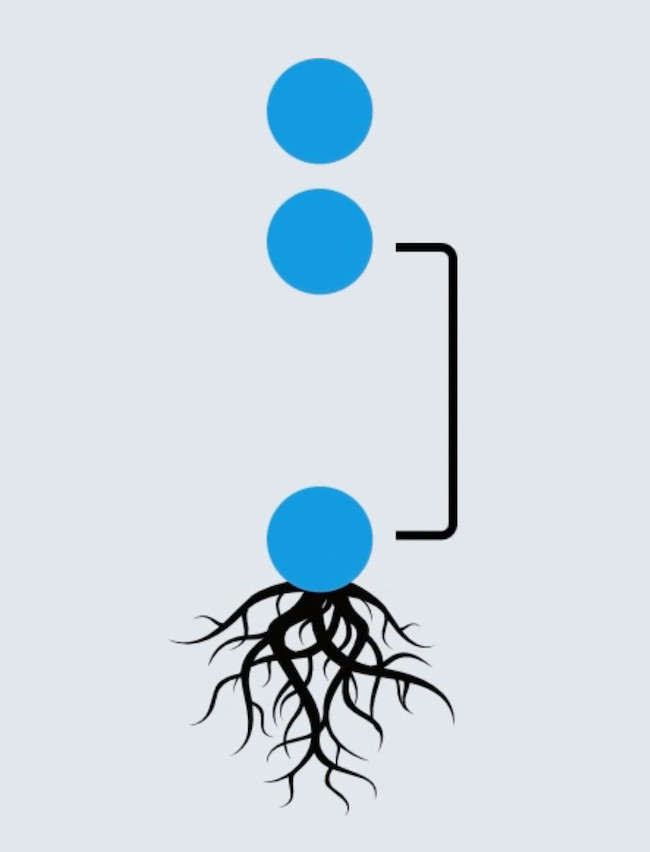Triads are fundamental building blocks in music and essential for any guitarist looking to expand their chord vocabulary and understanding of music theory. In simple terms, a triad is a chord made up of three distinct notes. However, it’s not just any combination of three notes that makes a triad. Let’s dive into how triads are constructed and why they are so important for guitarists.
To understand triads, we first need a basic grasp of chord construction. Chords are essentially groups of notes played simultaneously. Different combinations of notes create different chord types, each with its unique sonic character. You’re likely already familiar with common chord types such as:
- Major chords (e.g., A, C, D)
- Minor chords (e.g., Am, Cm, Dm)
- Dominant chords (e.g., A7, C7, D7)
Each of these chord types has a specific “recipe” that determines its sound. This recipe isn’t based on note names (like A, B, C), but rather on musical intervals. Intervals are simply the distance between two notes. If you’re not yet comfortable with intervals, it would be beneficial to familiarize yourself with guitar intervals to fully grasp the concepts discussed here.
The “recipe” for a chord is made of intervals measured from the root note. For instance, the recipe for a major chord is:
- Root note
- Major third
- Perfect fifth
This recipe consists of three “ingredients,” which is why it’s called a triad. Therefore, this is also the recipe for a major triad!
So, how does this recipe translate into constructing a chord? We begin with the root note, which is the foundational note of the chord. Then, we determine the intervals (distances) between the root note and the other notes in the chord.
For a triad, we need two intervals in addition to the root. In the case of a major triad, these intervals are a major third and a perfect fifth above the root. On the guitar fretboard, a major third interval is equivalent to four frets, and a perfect fifth interval is seven frets from the root.
| Ingredient (Interval) | Guitar Frets (Semitones) |
|---|---|
| Root note | 0 |
| Major third | 4 |
| Perfect fifth | 7 |
Let’s see how this works practically on the guitar fretboard with a major triad example:
Consider a major triad rooted on the 5th fret of the A string.
- Root Note: We start with our root note, which is the 5th fret on the A string (this is the note E).
- Major Third: Next, we find the note that is a major third above the root. From the root (5th fret A string), counting up four frets leads us to the 4th fret on the D string. This interval from the root to this note is a major third.
- Perfect Fifth: Finally, we need a perfect fifth above the root. Counting seven frets up from the root (5th fret A string) brings us to the 2nd fret on the G string. The interval from the root to this note is a perfect fifth.
Therefore, playing these three notes together – the 5th fret of the A string, the 4th fret of the D string, and the 2nd fret of the G string – creates a major triad. This triad contains all the essential ingredients: a root, a major third, and a perfect fifth!
 Guitar triad intervals diagram showing root, major third and perfect fifth
Guitar triad intervals diagram showing root, major third and perfect fifth
Note: If you’re unsure about how to calculate intervals on the guitar, exploring resources on guitar intervals will be very helpful!
While this may seem like a lot of theory initially, understanding triad construction becomes intuitive with practice. To help you solidify your understanding of music theory and chord construction, resources like interactive music theory courses can be incredibly beneficial.
If you’re eager to learn more and put your knowledge into practice, consider exploring further lessons and exercises that delve deeper into triads and chord theory.
Get free triad lessons
